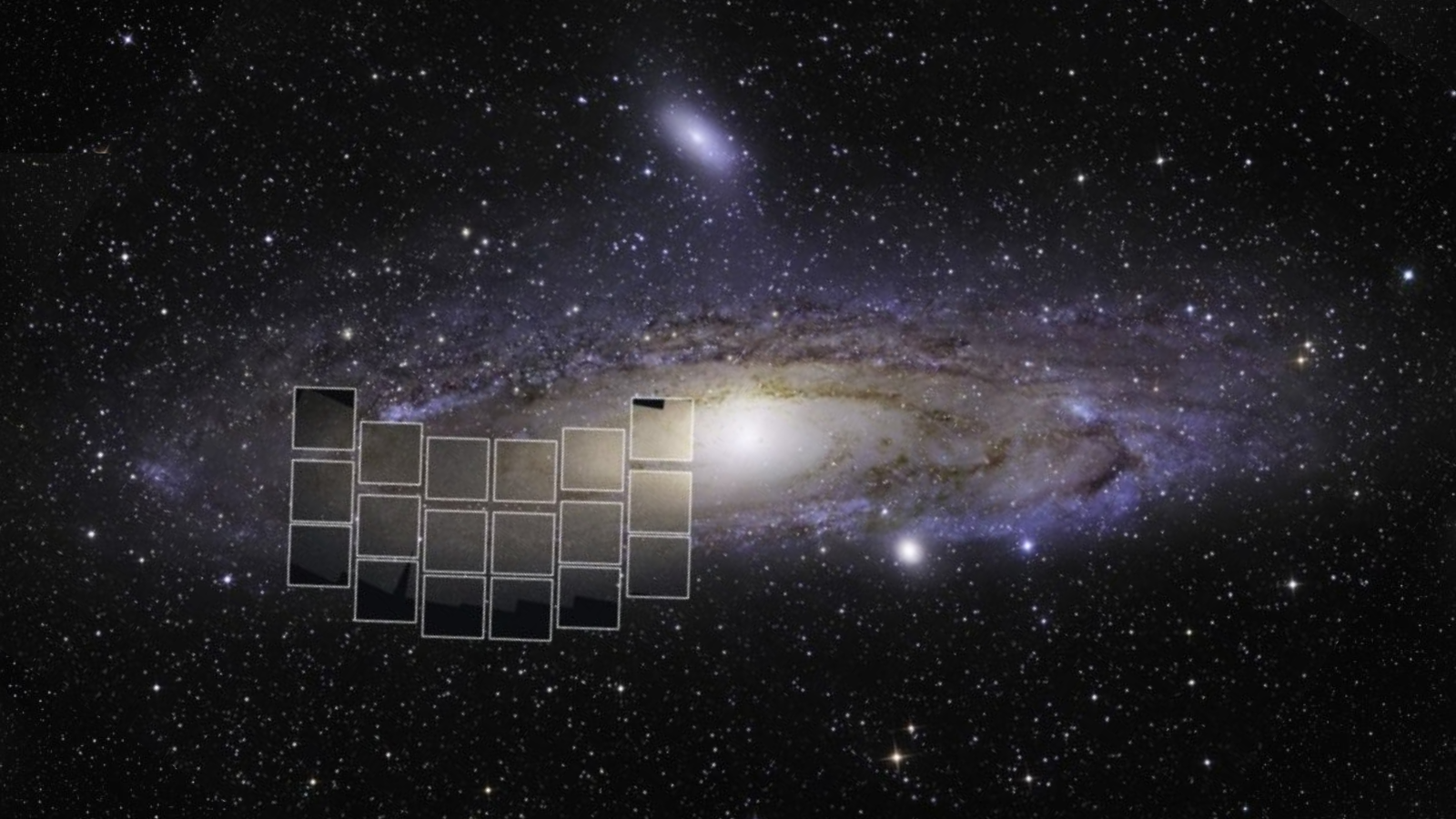
© Nicolas Taberlet and Nicolas Plihon
French researchers have found out why the stones remain on a thin ice platform.
Stones balancing on a thin ice platform were previously an unexplored phenomenon. In a laboratory experiment, researchers have now been able to understand how the phenomenon of these Zen stones, which practically stick on a very thin line without breaking off, comes about.
The phenomenon only occurs with extremely cold temperatures , so it can be seen on the wintry Lake Baikal. The works of art balancing on the ice are created where the temperatures are below freezing for a long time, reports cinexx. de . Before that, a slow erosion process took place in which the surrounding ice surface slowly eroded, but the stone simply remains on the pedestal.
Why is that the stones stay where they are
The Researchers Nicolas Taberlet and Nicolas Plihon from the
University of Lyon have now investigated the phenomenon in the laboratory and found that “sublimation” plays a role in this. This is the direct transition from water ice to water vapor. It has to be very cold for that. So far, sublimation on earth was only known from high altitudes in the Andes or the Himalayas.
In the laboratory, the researchers placed small metal disks in a vacuum clamp on an ice surface. This began to sublimate immediately due to the low air pressure. The ice level sank while the ice under the disk remained and became a Zen disk. “This shows that our simplified laboratory test can reproduce the quality of the formation of the natural Zen stones,” said the researchers.
From their experiment, the two researchers conclude that the shading of the stone plays a decisive role in the sublimation of the ice platform. It acts like an umbrella.
More on the subject
Note: This article have been indexed to our site. We do not claim ownership or copyright of any of the content above. To see the article at original source Click Here













